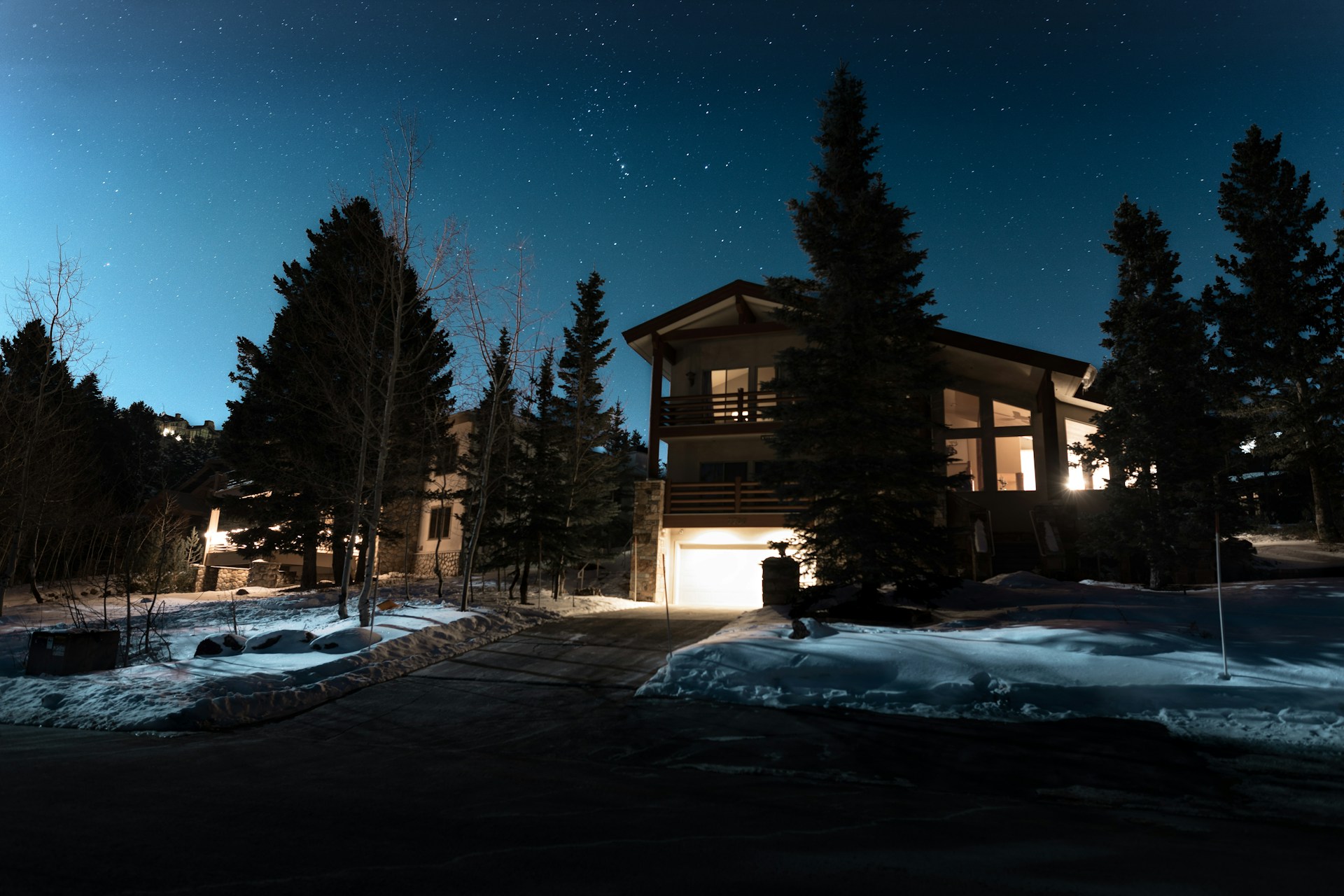What Are the Pros and Cons of a Heated Driveway?
Heated driveways represent a significant innovation in managing winter weather, designed to keep driveways clear of snow and ice without manual labor. While these systems offer undeniable convenience and improved safety, potential buyers should fully explore the advantages and drawbacks before investing.
This balanced examination will help homeowners understand the real impact of installing a heated driveway from a practical and financial perspective. Let's delve into the pros and cons to discern whether a heated driveway might be a suitable addition to your home.

Ease of Winter Maintenance
One of the primary benefits of a heated driveway is the dramatic reduction in winter maintenance. Traditional snow and ice removal methods involve physical shoveling, plowing, or applying chemical agents like salt or calcium chloride.
These procedures are time-consuming, physically taxing and detrimental to the environment. A heated driveway system eliminates the need for these labor-intensive and chemical processes by melting snow and ice on contact. This saves time and effort and prevents ice buildup that can be hazardous to vehicles and pedestrians
Enhancement of Property Safety
Safety is a significant concern during winter when driveways and walkways can become slippery and treacherous. Heated driveways minimize the risk of common slips and falls on icy surfaces.
This attribute is especially valuable for homes with elderly occupants or individuals experiencing mobility limitations, offering a safe and easily navigable pathway to and from the house. Moreover, by preventing snow and ice accumulation, heated driveways reduce the likelihood of vehicle accidents related to slippery conditions.
Reduction of Weather-Related Delays
Heated driveways can also reduce delays caused by inclement weather. On snowy mornings, vehicle owners typically need to clear off their driveways before they can leave their homes, which can be time-consuming.
This is no longer a concern with a heated driveway, as the system ensures that the driveway remains clear regardless of overnight snowfall. This convenience is particularly valued by those who must adhere to strict schedules, like commuting to work or school.
Increase in Installation Costs
While heated driveways offer considerable benefits, they also come at a significant cost. Installing a heated driveway system entails substantial labor and material costs, which may be unaffordable for certain homeowners.
The total expenditure varies depending on factors like the driveway's size and the type of heating system, be it electric or hydronic. Installing a heated driveway can cost between $12 and $21 per square foot. This makes it an investment that needs careful financial consideration.
Consumption of Additional Energy
Heated driveways require electricity or hot water (in the case of hydronic systems) to function, leading to increased energy consumption. This can result in higher utility bills, especially during peak winter when the system is most needed.
Homeowners must weigh the monthly costs of operating the system against the convenience and safety benefits it provides. Additionally, the environmental impact of increased energy use is a consideration for those seeking to reduce their carbon footprint.
Potential for System Maintenance
Like any home system, a heated driveway requires efficient and effective maintenance. This can include regular checks of the heating elements and the boiler (for hydronic systems) and potential repairs.
Neglecting proper system maintenance can result in inefficiencies or malfunctions, leading to potential financial burdens. Moreover, if a part of the heating system fails, it might require digging up a section of the driveway, adding further expense and inconvenience.
Enhancement of Resale Value
A heated driveway can enhance a property's resale value despite the upfront costs and ongoing maintenance. Prospective buyers may find the added convenience and safety features appealing, particularly in regions with harsh winters.
This feature can make a home distinctive in the real estate market, potentially expediting the sale process and elevating the selling price. However, the actual return on investment can vary based on the climate in the area and the local housing market conditions.